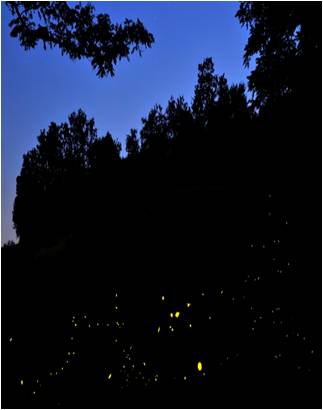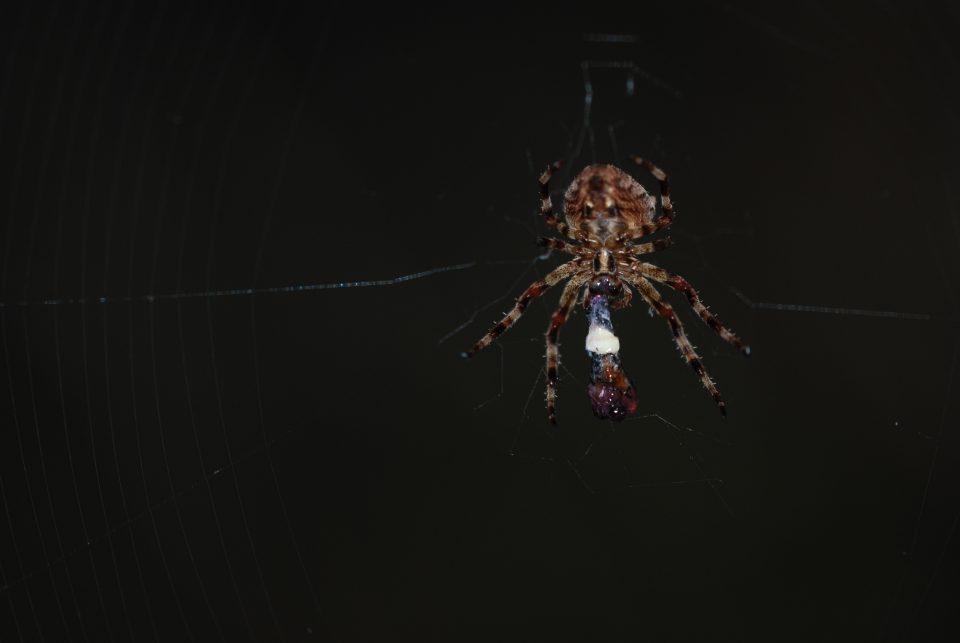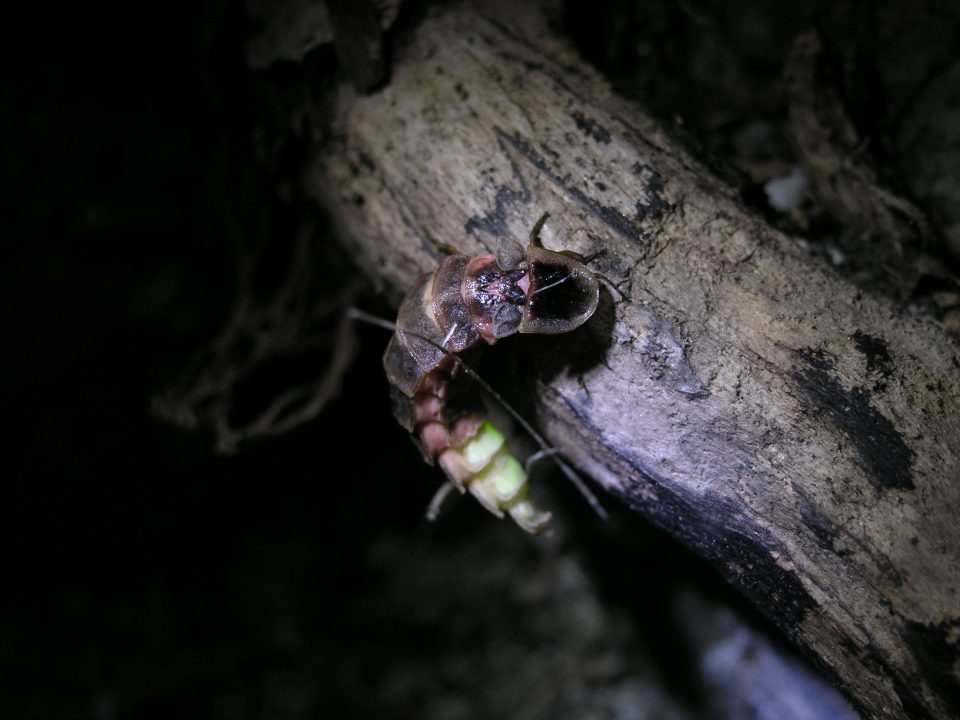Fireflies are insects belonging to the Coleoptera order and Lampyridae family, which includes more than 2,000 species, mainly distributed in tropical areas. Some species have adapted to temperate or cold climates, but the maximum degree of biodiversityis recorded in tropical areas, while it is lower at mid latitudes and even more it tends to decrease at high latitudes: as an example, the firefly community in Italy comprises 17 species vs 2 species that can be recorded in the UK (Audisio et al., 1995; Tyler, 2002).
In firefly adults (except for some species including wingless adults) the front pair of wings are hardened into wing-cases (elytra) and work as swing-cases to protect the hind wings, which allow flying. Such an anatomic arrangement is typical of all species belonging to Coleoptera order.

Fireflies are holometabolous insects, that is adults develop through a process called metamorphosis whose life stages are: egg, larva, pupa, adult. Adults can emit light, but also eggs and larvae can do it. In many species adult females are neotenic (i.e. genus Lampyris). They are wingless and usually emit light to attract males, which actively fly in search for their partners. Most firefly species are terrestrial, but some species have aquatic larvae, like some species belonging to genus Luciola and living in East Asia (Ballantyne, 1987).

Their life cycle span is variable and it is significantly affected by factors such as temperature, soil humidity, preys availability. Indeed, larvae are usually predators eating invertebrates, such as snails, slugs, earthworms. Adults eat mostly pollen and nectar while some species do not feed at all.
There are some exceptions: females of genus Photuris in the USA behave as “femmes fatale”. In fact they prey on male fireflies of the genus Photinus by faking the flash signal emitted by Photinus females so attracting the doomed males.
Life of adults is shorter than the one of larvae, especially in those species whose adults do not feed and obtaint energy from fat tissues coming from larval stage.
Fireflies defend from predators by producing toxic metabolites. Bioluminescence seems to work as an aposemantic signal, but some predators are not inhibited by those defensive strategies, first of all spiders that are able to catch adult fireflies in their webs.
